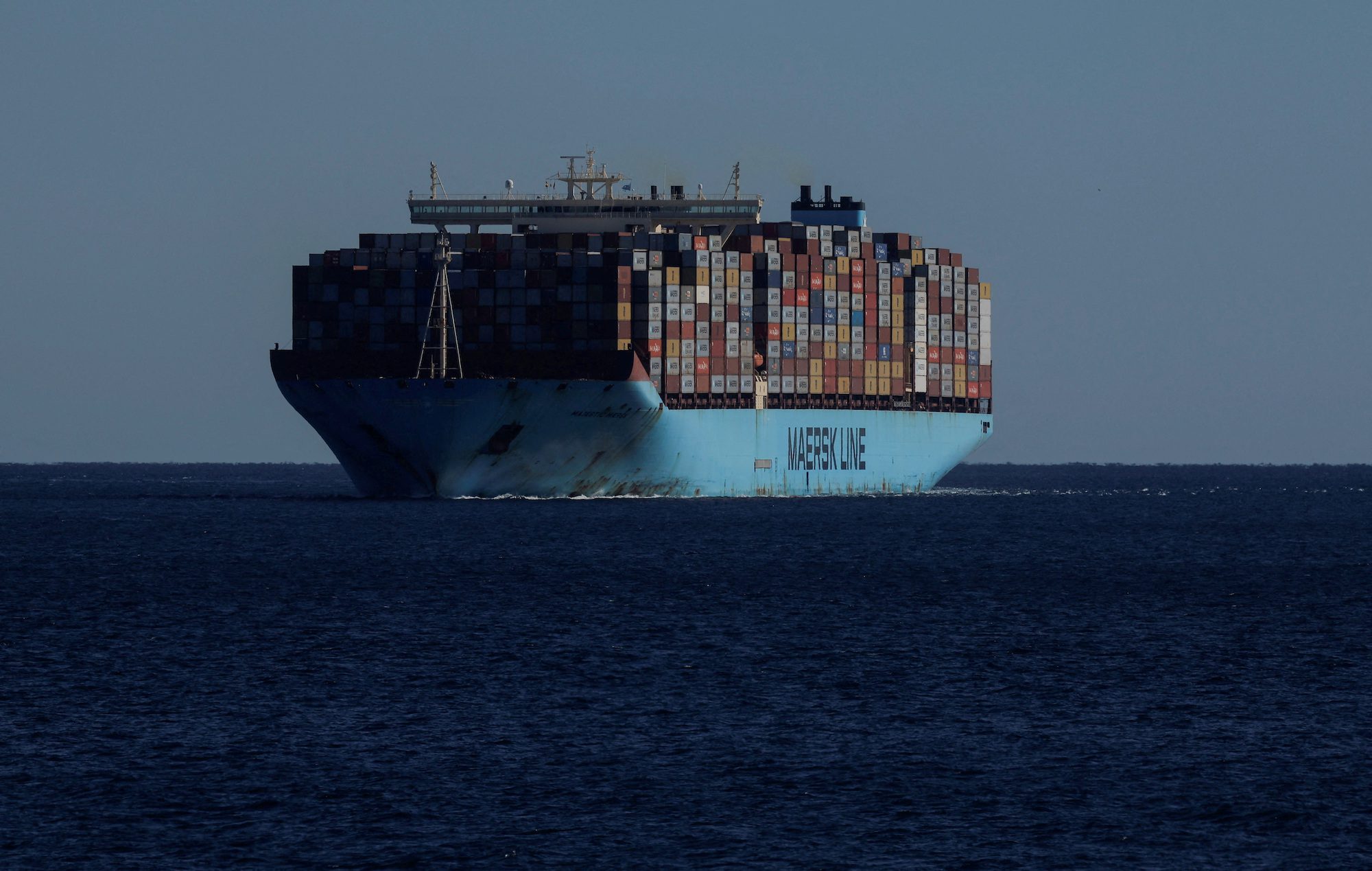WHAT IS A NON-OPERATING REEFER OR NOR SHIPPING CONTAINER?
Shipping containers of various sizes contribute more than 90% to the transportation of cargo globally. Multimodal container shipping help move cargo between locations using more than one method of transport without having to offload and load between different containers at various locations and the different modes of transport. Last year, an estimated 20 – 23 million TEUs (Twenty Equivalent Units) were used to move cargo globally.
What is A Non-Operating Reefer Or NOR Shipping Container?
Shipping containers of various sizes contribute more than 90% to the transportation of cargo globally. Multimodal container shipping help move cargo between locations using more than one method of transport without having to offload and load between different containers at various locations and the different modes of transport. Last year, an estimated 20 – 23 million TEUs (Twenty Equivalent Units) were used to move cargo globally.
Types of Containers
Shipping containers are generally categorised as dry or refrigerated containers. Dry containers are sometimes referred to as general purpose (GP) containers or dry vans (DV), while refrigerated ones are called reefers. Dry containers store and transport general dry cargo, while refrigerated containers are used for temperature-sensitive materials.
Refrigerated shipping containers have generators fixed to them for running the refrigeration unit that keeps the goods inside at the desired temperatures. These units run on electricity as well as fuel. Temperature-sensitive materials, such as perishable food items, pharmaceutical drugs, etc., are transported using such reefers.
So, what is a non-operating reefer or NOR shipping container?
In some instances, refrigerated shipping containers are used to transport general cargo items but with refrigeration units turned off. Such a container is called a non-operating reefer or a NOR shipping container. A refrigerated container may sail as a reefer to one location, and the same may serve as a NOR shipping container to another location.
What purpose does transporting dry items in a switched-off refrigerated container serve? Why are these dry items not transported by dry containers?
Most leading shipping container carriers offer NOR services. As with all commodities, the principle of supply and demand applies to shipping containers as well. Increased demand for containers to a particular destination may fuel the price, but what if there is not enough demand to get these containers back? In this case, the container rate naturally falls. An imbalance in container availability at locations can hamper the movement of goods.
Repositioning of Containers
To counter this situation, container carriers often offer their customers who might want to transport dry cargo, empty refrigerated containers with their refrigeration units turned off. The repositioning of reefer containers, thus, as NOR, at locations where they are needed most mainly helps the carriers to maintain some balance in container availability. It does away with the need to transfer empty refrigerated containers to locations, thereby losing revenue.
Non-operating reefer services are usually available to customers at a reduced rate. Besides being cost-effective to the customer, this method of repositioning containers generates revenue for the shipping carrier.
However, reefer containers cannot carry the same volume of cargo as their dry counterpart. They have much less cargo space as some space inside is taken up by the refrigeration equipment and insulation. The thicker wall of reefer containers consisting of insulation materials or padding reduces storage space considerably. Besides, the dimensions of the door of a reefer container are much less when compared to a dry one.
Not all types of dry cargo are allowed in NOR containers. Only cargoes that do not damage the equipment and insulation material are allowed by carriers in their NOR containers.
Normally, cargo packed neatly in cardboard or similar cartons without sharp edges is allowed. The cartons should be such that they can be stacked and lashed safely, so they do not move around inside the non-operating reefer. Loose loading is not done in such containers.
Similarly, there are weight restrictions too. The normal maximum allowable weight is 3000 KG/M. Hazardous chemicals, heavy machinery with sharp parts, abnormally sized cargo, fertilisers, batteries, items with strong odours, etc., are not allowed in non-operating reefers.
NORs are generally used to transport food and beverages, textiles, toys, and other such items.
Converting a Refrigerated Container to a NOR Shipping
Container
A refrigerated container has to go through a certain process before it can be used as a NOR.
After unloading a reefer of its refrigerated contents, the refrigeration unit is switched off and disabled. It is then taken to its respective container depot, and the inside is cleaned and dried thoroughly. Once these steps are completed, the container is ready for taking in the designated dry cargo.
Why NOR Shipping Containers?
As we have seen earlier in this article, NOR shipping containers benefit both the carrier and the customer.
To the carrier, it helps to a great extent in offsetting container shortages at locations – both dry and refrigerated. Shipping dry goods by NOR is economical to businesses as costs are much less than a dry container of the same size, albeit with some space restrictions.
NOR containers get priority onboard carrier vessels as it is mainly used to meet container shortages at a destination. This also means a shorter lead time for the customer.
Limitations of NOR Shipping Containers
Some limitations of NOR containers are given below:
- Non-operating refrigerated shipping containers cannot be used in the transportation of all types of cargo.
- Since they are technically classified as reefers, they do not get the extended detention and demurrage-free days that dry containers enjoy.
- A NOR container can only accommodate a lesser volume of cargo when compared with a dry container of the same size, for example, a 20’ refrigerated container used as NOR V 20’ dry container (General Purpose or Dry Van). This is because of the space occupied by the refrigeration unit inside the container and its thicker insulated container walls.
- It can accommodate only a lesser weight than a dry van of the same size. This is usually fixed at 3000 KG/M.
- It is estimated that a NOR container holds 10 – 15% less cargo than a dry container of the same dimensions.
- Dry containers usually have more lashing points to secure the cargo, another reason why not all types of dry cargo can be transported using a NOR container.
- For transporting dry cargo, the inside of such a container has to be dry – especially if it has been washed before loading.
- Sharp edges of boxes or machinery may cause damage to the insulation material, and hence special care has to be taken while loading and unloading cargo.
- The dimensions of the door of some reefer containers may be less than that of a dry container. The feasibility of loading cargo through the narrow opening must be considered before booking such a container.
Customers must consider these limitations before transporting their cargo by a NOR container.
Source: www.marineinsight.com
Writer: Hari Menon








